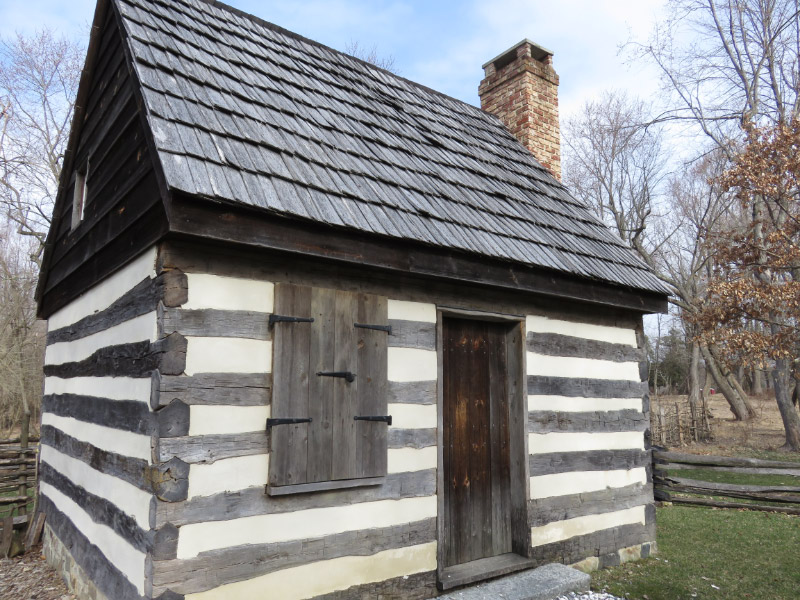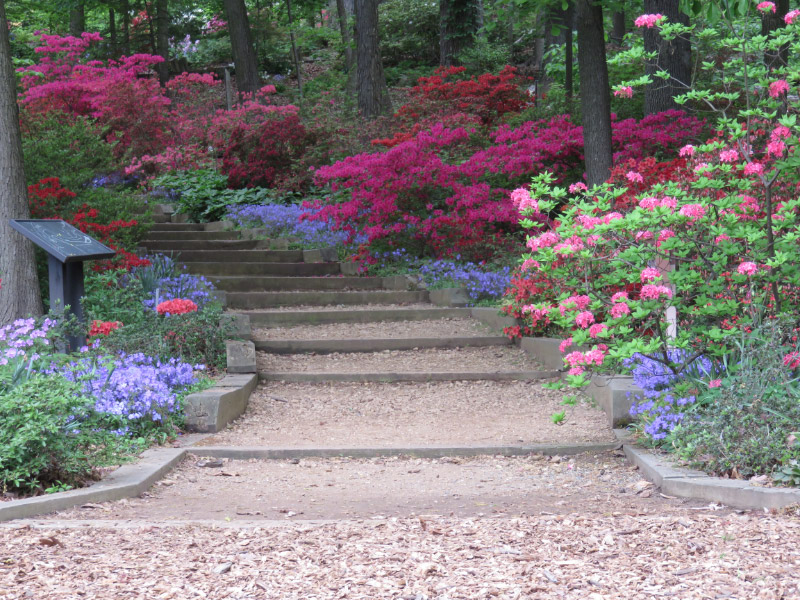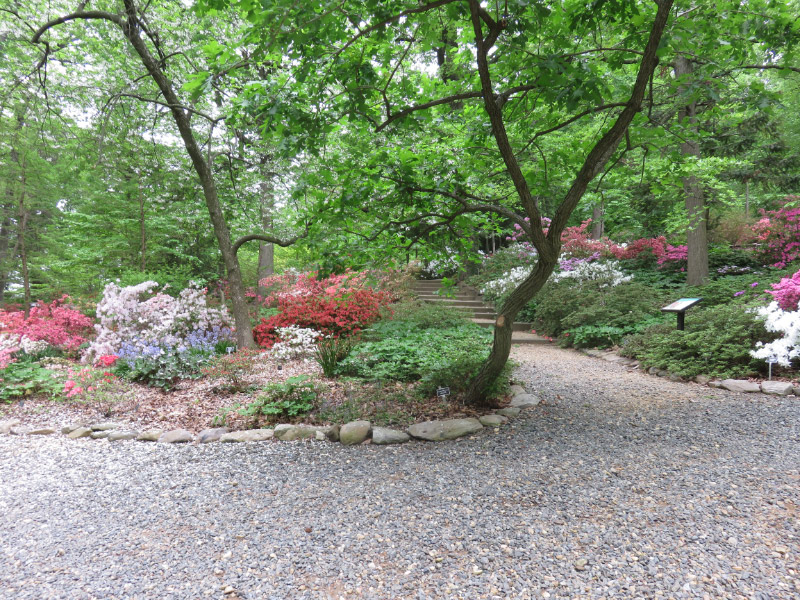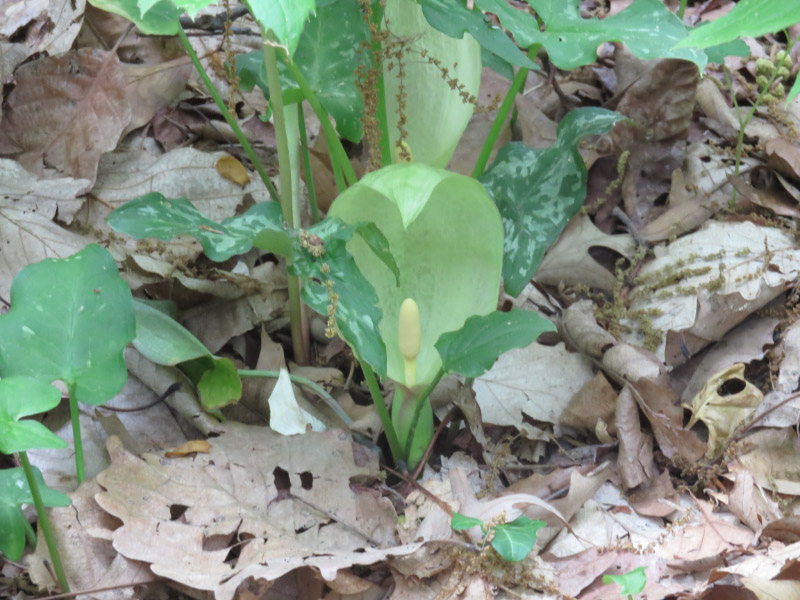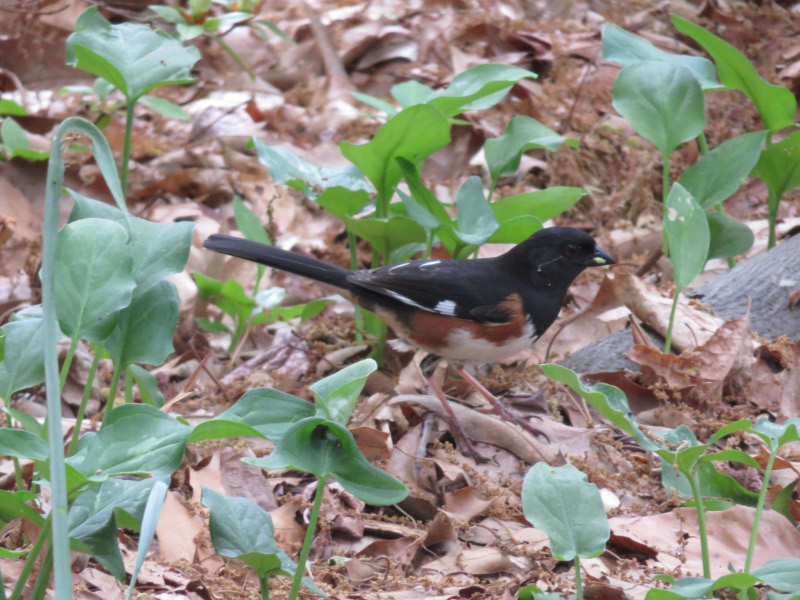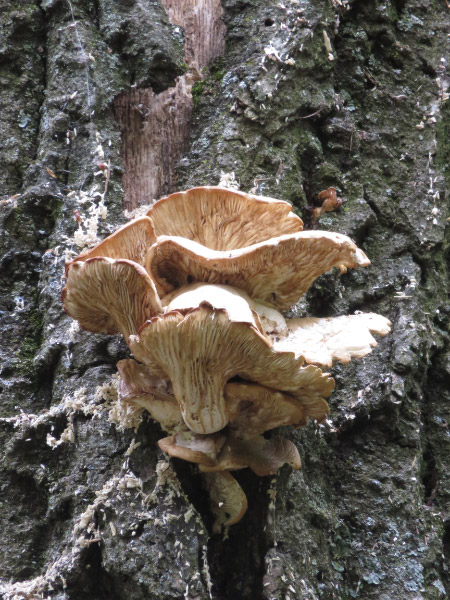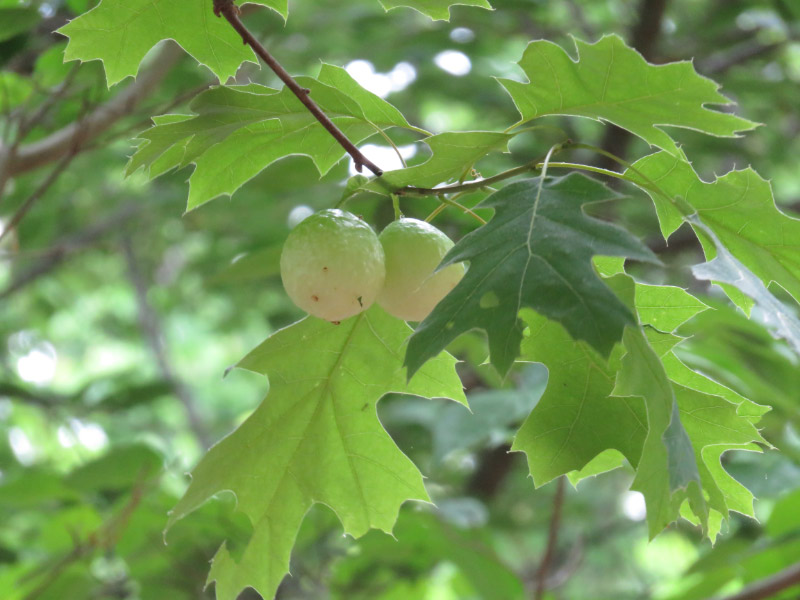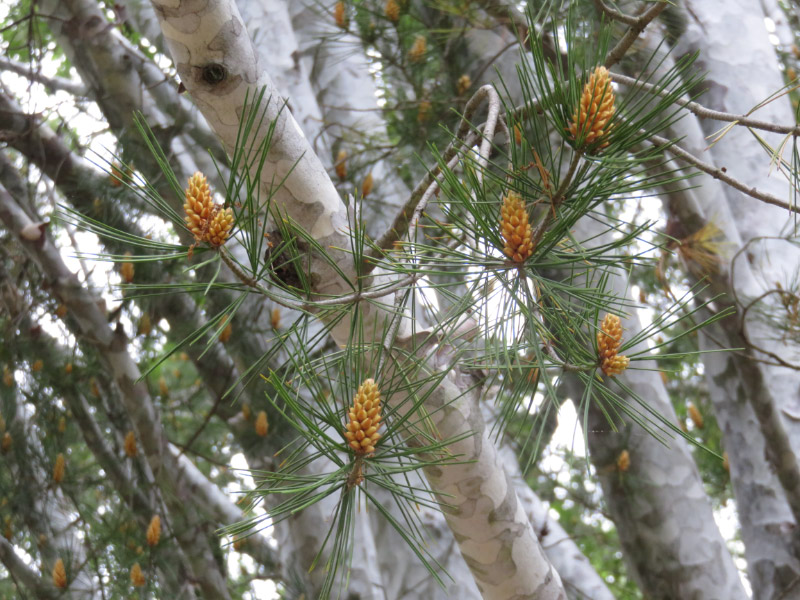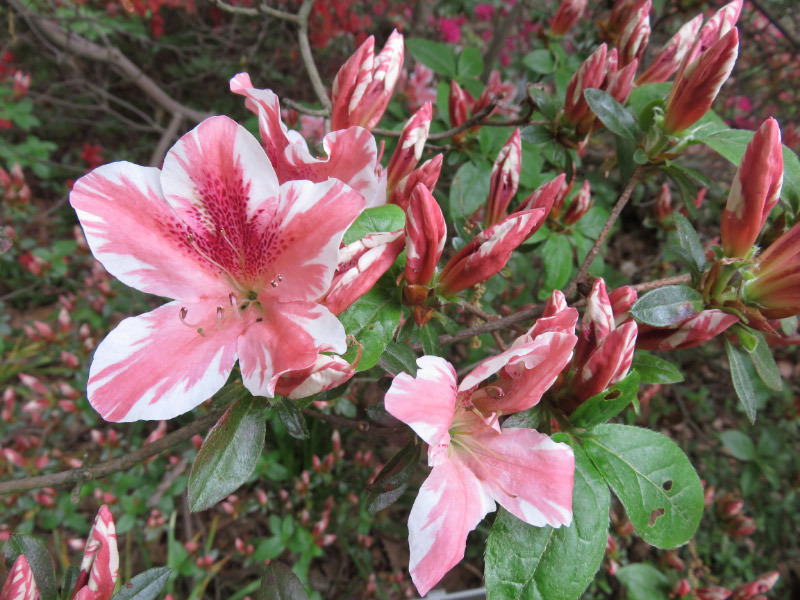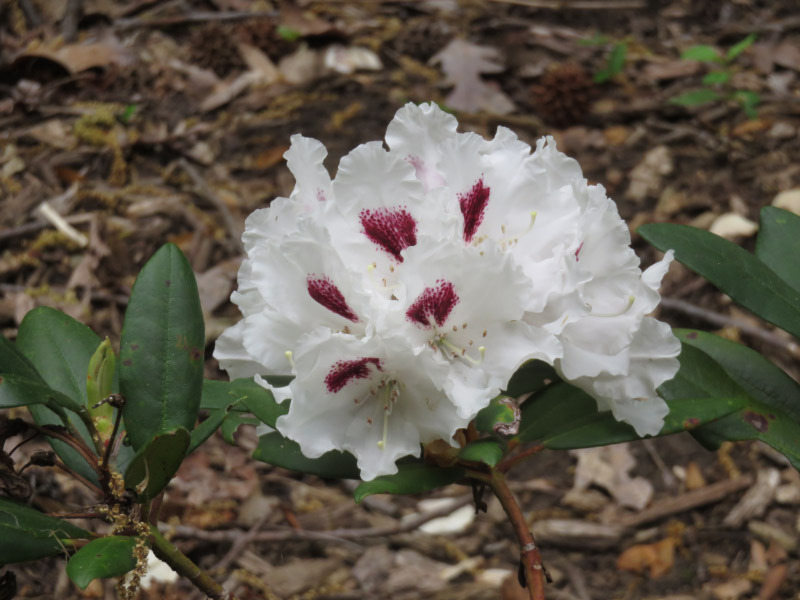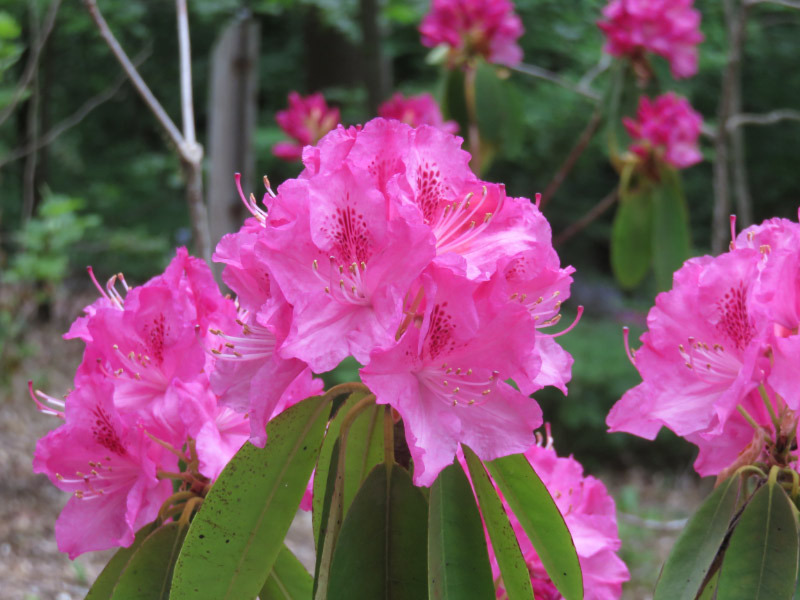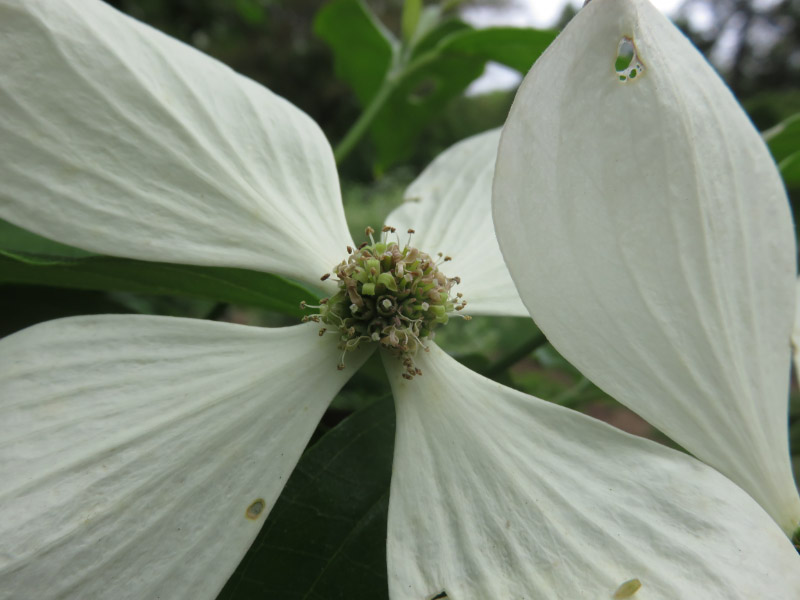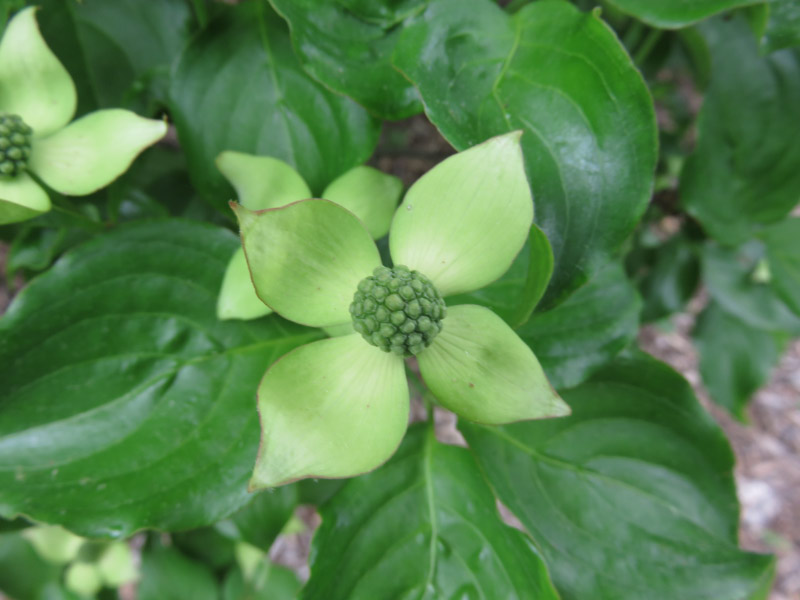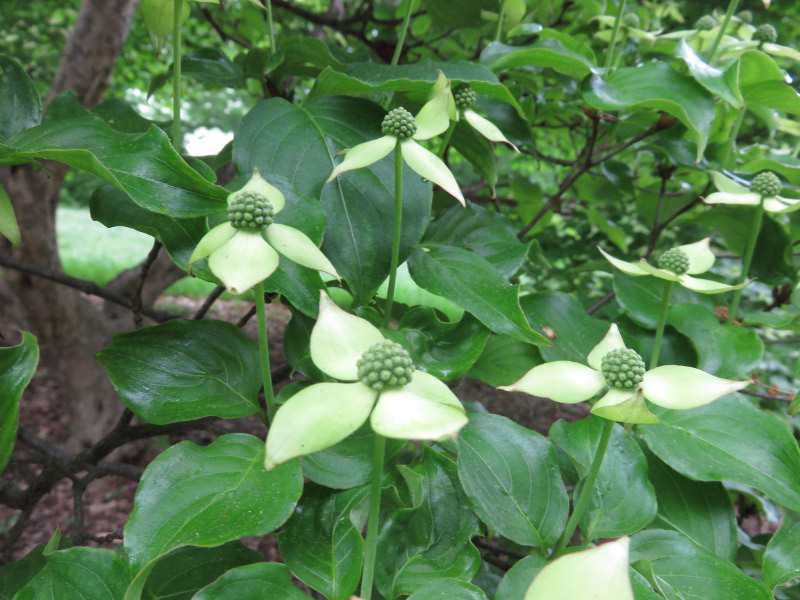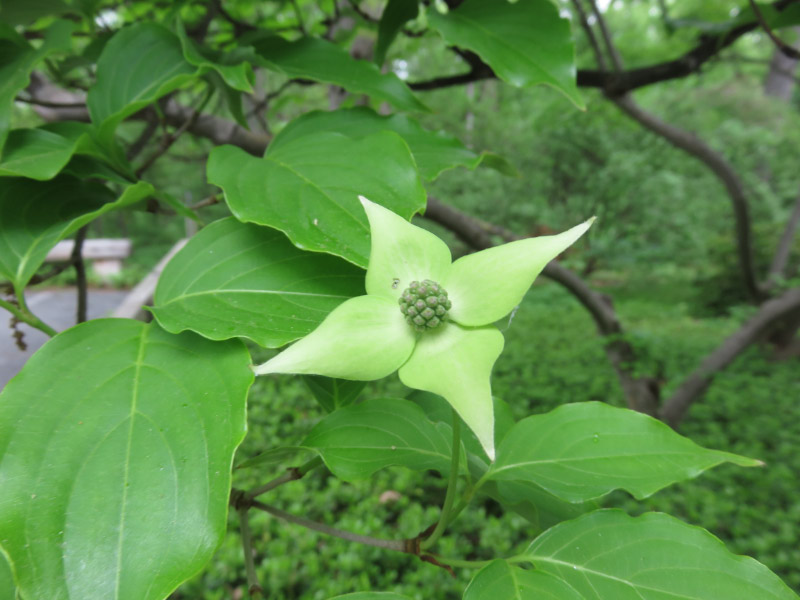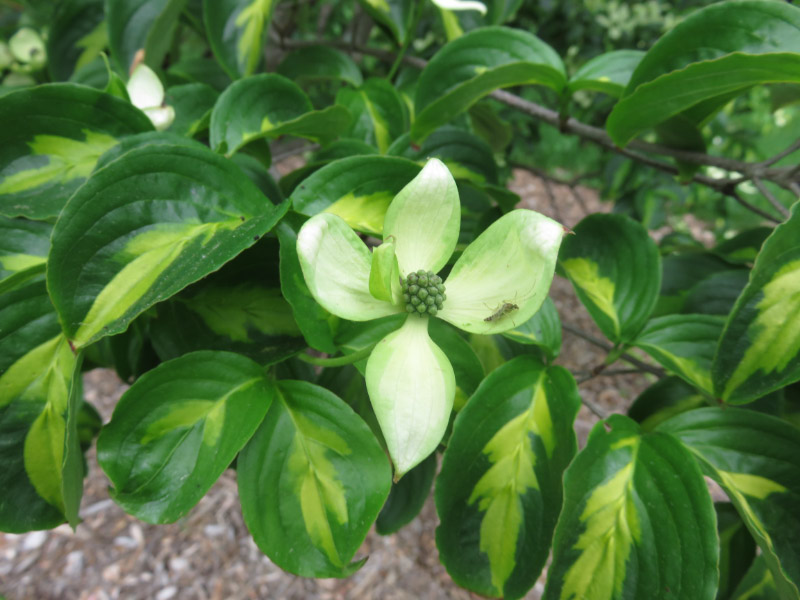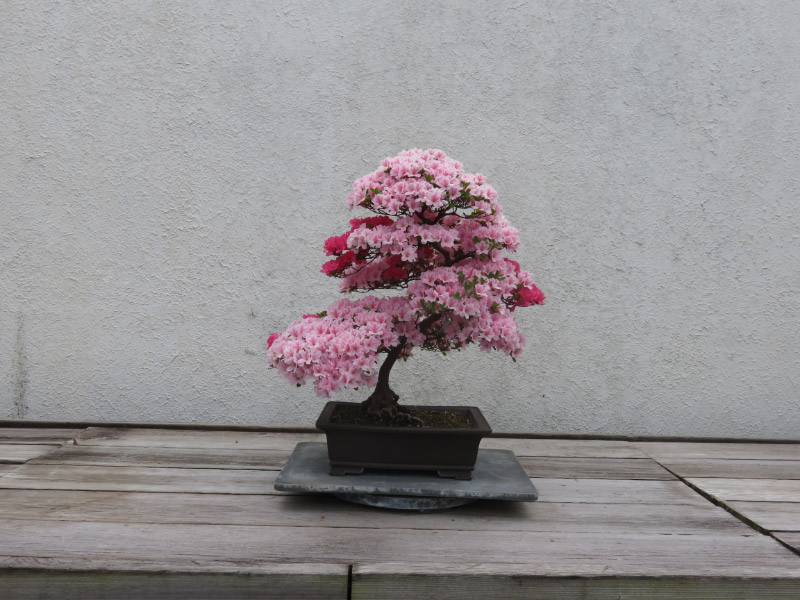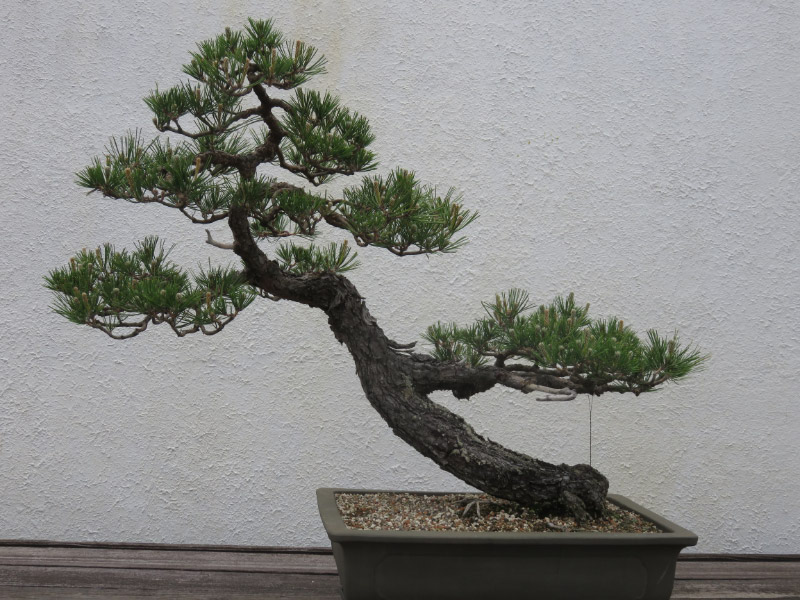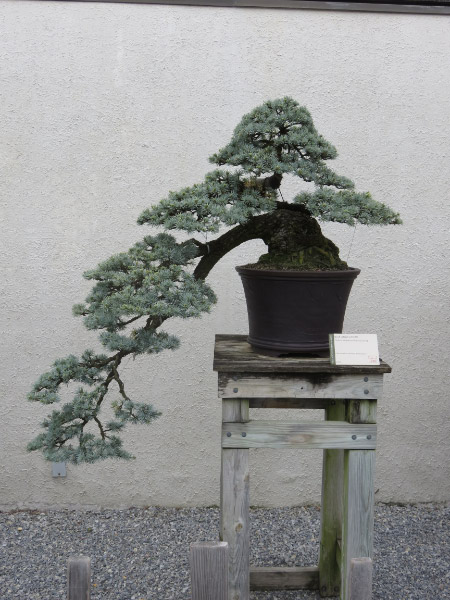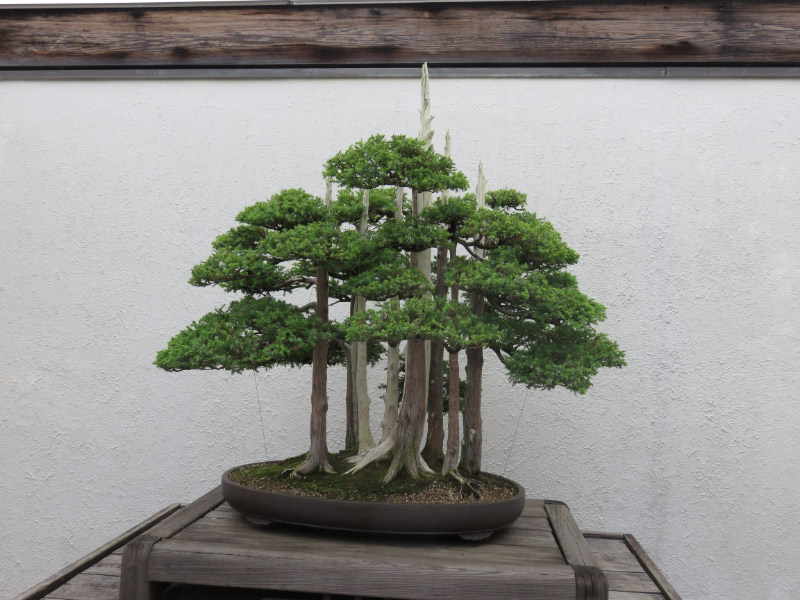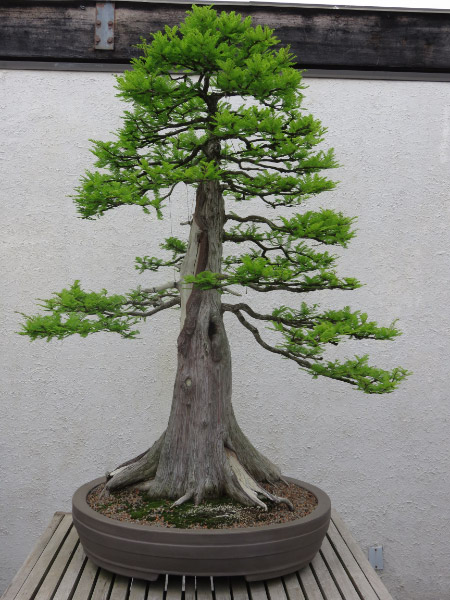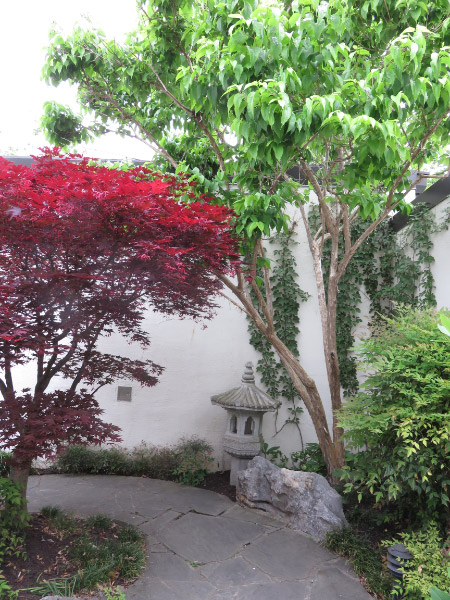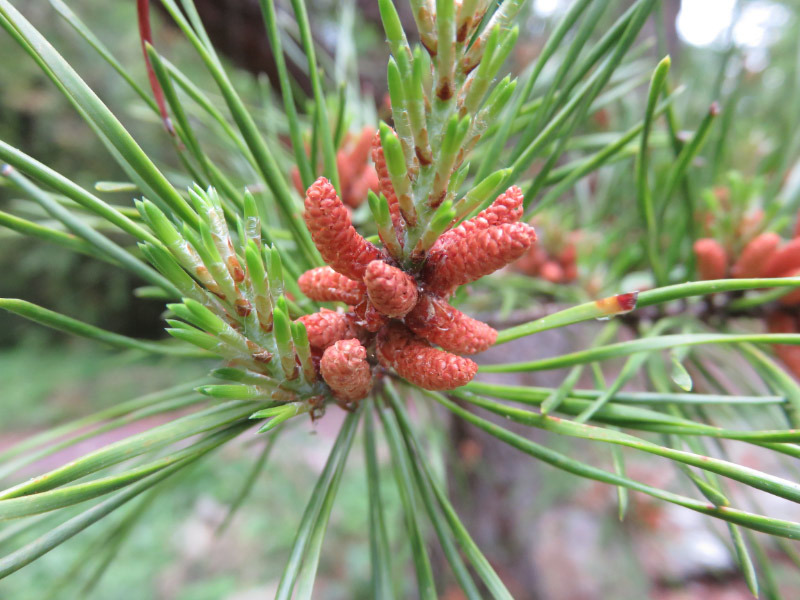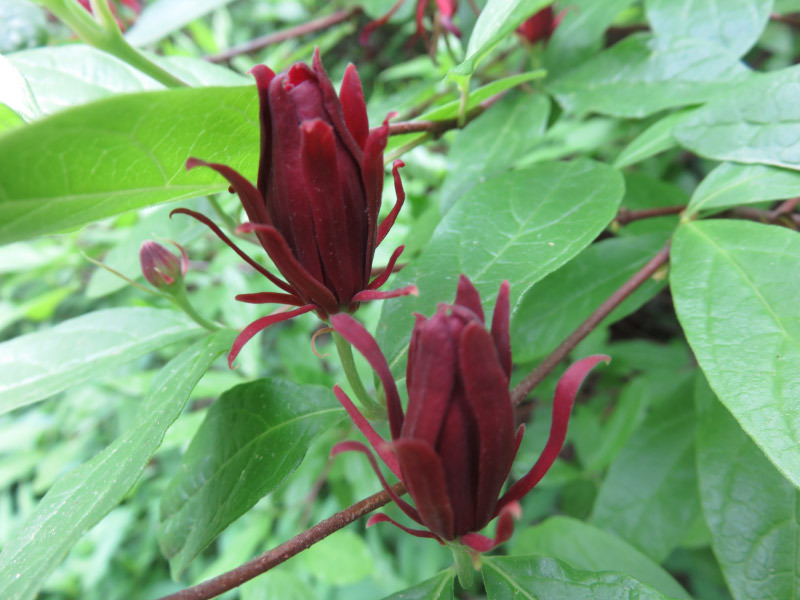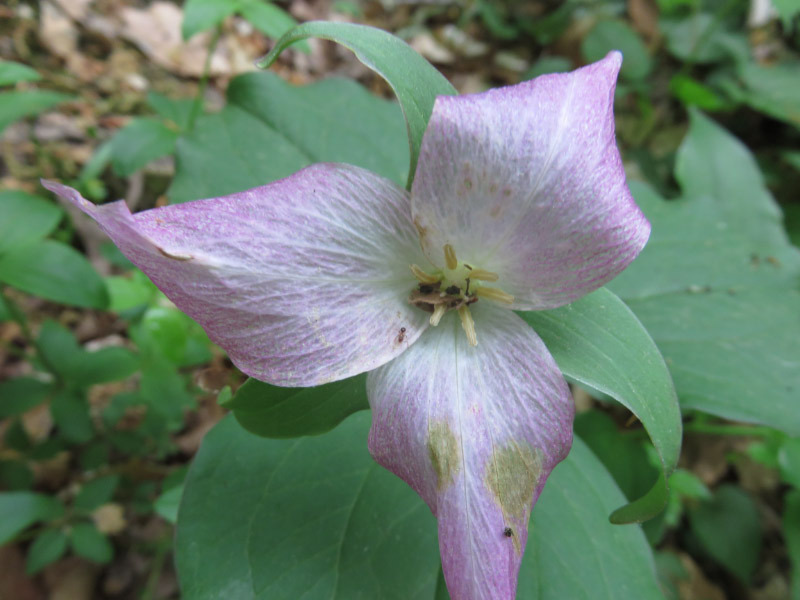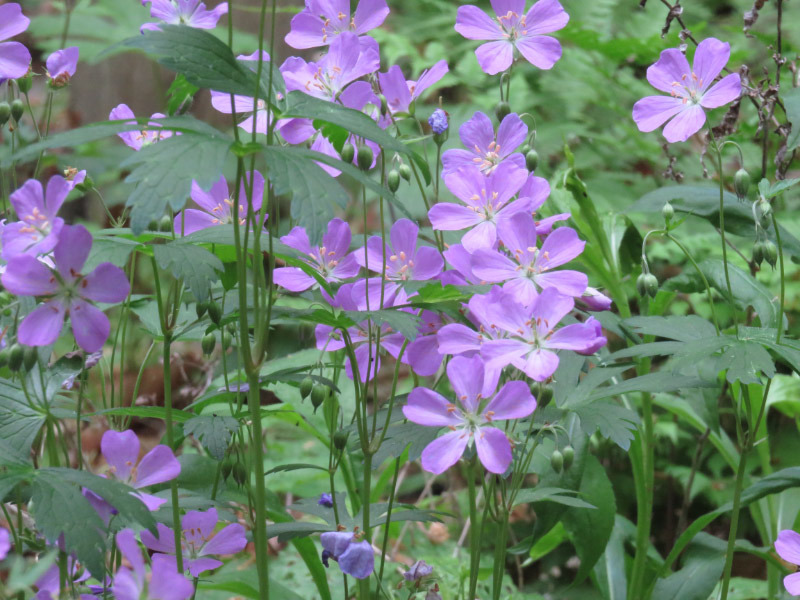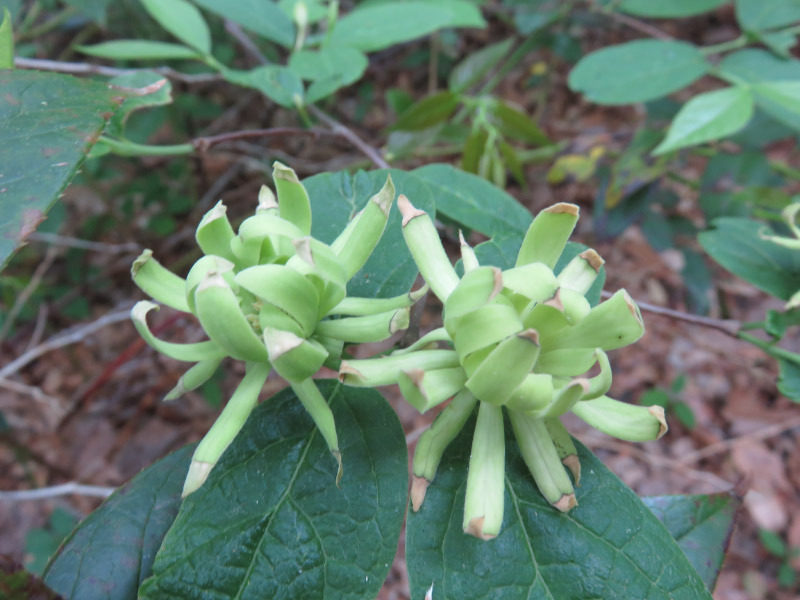Parks and Gardens Day Trips
/I am enjoying day trips to parks and gardens this spring - both old favorites and new ones. The places on my old favorites list are below - with the ones I’ve done in past few months in italics (does not mean that I might not see them again soon!):
There are new ones on my list too. I’ve started putting pink post-it notes around the calendar on the refrigerator when I read about new places I want to see. The ones in italics on the list below are the two we’ve done already recently (and I want to do both of them again):
Soldiers Delight Natural Environmental Area
I’m sure I’ll be adding to the 'new' list soon after buying Barbara Glickman’s new book: Maryland’s Public Gardens & Parks yesterday at the annual Master Naturalist conference!

